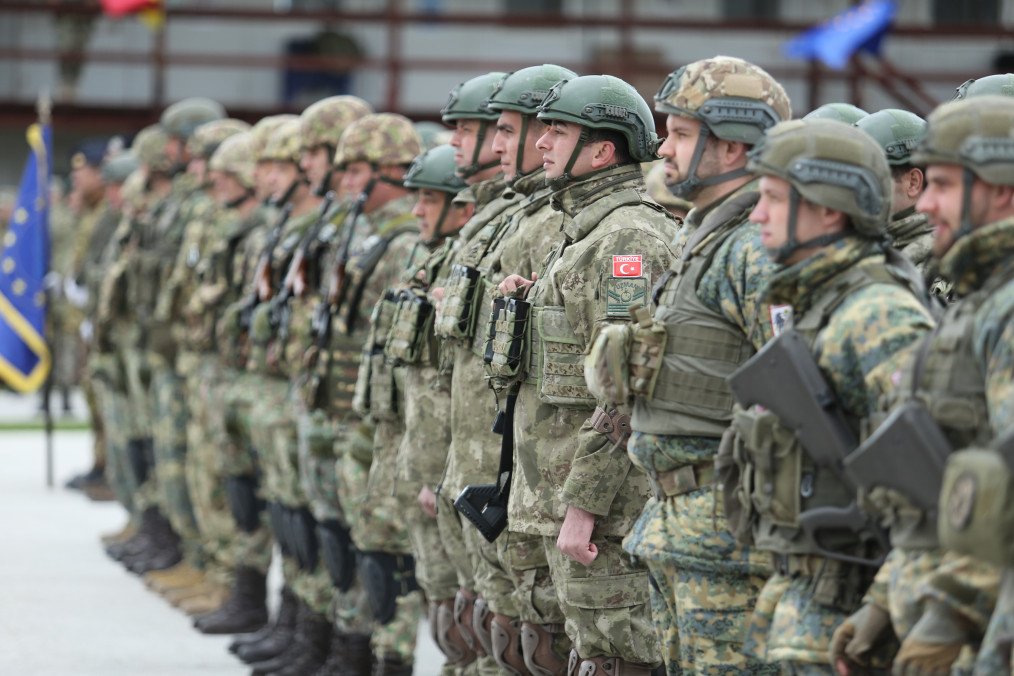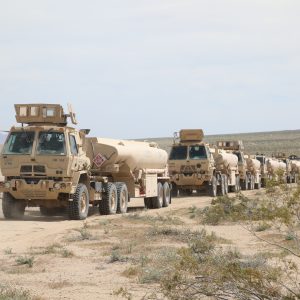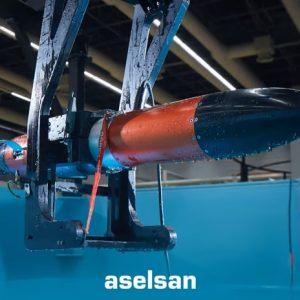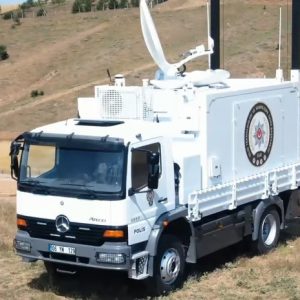The EU military mobility plan is moving from slides to the street. Brussels aims to cut cross‑border approvals to 3–5 working days. It will also name priority logistics corridors and fund dual‑use upgrades. As a result, tanks, armoured vehicles, and heavy engineer assets can move at tempo when it matters. The effort sits at the meeting point of defence, transport, and industry policy. Crucially, it is designed to fit with NATO logistics on the eastern flank.
Key Facts
- Target approval time: 3–5 working days for cross‑border military movements.
- Scope: Harmonised rules and a network of land corridors aligned with TEN‑T for heavy loads.
- Funding: Dedicated military mobility window under Connecting Europe Facility (CEF), plus new SAFE loans to accelerate procurement and readiness.
- NATO: Full interoperability with allied logistics concepts and exercise cycles on the eastern flank.
What the new package changes
Historically, Europe’s problem wasn’t firepower—it was friction. Moreover, differing national rules, oversize permits, bridge limits, curfews, and rail profiles slowed convoys and forced last‑minute rerouting. Accordingly, the new EU military mobility plan tackles those bottlenecks on three lines of effort: procedures, infrastructure, and data.
Procedures: First, member states will use standardised digital permits and standing clearances to cut lead times to 3–5 working days. In addition, rapid‑reaction units should move faster with pre‑approved templates for routine transits. Overall, the aim is predictability in peacetime that scales during crisis.
Infrastructure: Second, the Commission is mapping a lattice of dual‑use land corridors—roads, rail, and bridges—where upgrades deliver the most effect. For example, higher axle load limits, greater clearances, stronger quay walls, and staging nodes with FAR/FW support. These works tie into the Trans‑European Transport Network (TEN‑T) so civilian mobility benefits alongside defence.
Data: Third, planners will get harmonised geospatial data on bridge ratings, tunnel dimensions, and rail‑gauge constraints. As a result, they share a common picture of what can pass where and when, updated in near real time.
“Military mobility is a crucial enabler for European defence… we are fixing missing links so that Europe’s networks carry civilian and defence loads without delay.”European Commission messaging; Transport portfolio
Follow the money: CEF and SAFE will do the heavy lifting
Policy without funding is theatre. The EU military mobility plan leans on two instruments. First, the Connecting Europe Facility’s military mobility window has already co‑funded dozens of dual‑use projects—bridge reinforcements, rail sidings, and port upgrades—chosen for operational effect along NATO‑relevant axes. Second, the new Security Action for Europe (SAFE) loan instrument—up to €150 billion—creates room in national budgets to procure capabilities tied to these corridors. It covers tank transporters, heavy rail wagons and recovery vehicles. It also funds fuel infrastructure, deployable bridging and logistics software.
SAFE’s logic is simple. It offers competitively priced, long‑maturity loans for joint procurement and favours European (and Ukrainian) production. It also synchronises deliveries with infrastructure upgrades. By 2026, the first SAFE disbursements are expected to align with corridor milestones so concrete and steel meet wheels and tracks on schedule.
Meanwhile, industry gains visibility on multi‑year demand and common standards. For militaries, it prevents last‑bridge surprises—like learning a 70‑tonne main battle tank is too heavy at the border.
NATO alignment: exercising the corridors
In practice, the corridors are not just maps; they are rehearsal spaces. Allied exercises such as IRON DEFENDER‑25, Quadriga, and the Defender series validate timetables, staging areas, and border workflows under realistic stress. The EU military mobility plan is deliberately built to interlock with NATO movement control procedures, allowing nations to plan once and execute in either framework.
Consequently, reinforcement speed on the eastern flank is strategic signalling. Instead of weeks, the goal is measured in hours and days: pre‑booked rail paths, convoy priorities on defined routes, and pre‑certified ports of debarkation shave time from the critical path.
Operational implications: from paperwork to deterrence
Why should a transport regulation concern generals? Because logistics is the shadow of strategy. In practice, if approvals fall to 3–5 days and infrastructure upgrades land where they actually unblock heavy lifts, three things change:
First: faster force package assembly. Standardised permits and pre‑cleared movement data compress deployment timelines. Units can form up and move before an adversary’s decision cycle closes.
Second: credible deterrence. When trains of armour cross borders smoothly, an adversary must assume Europe can reinforce quickly, which raises the threshold for opportunistic aggression.
Third: resilient surge capacity. Dual‑use corridors harden civilian supply chains during crises—from fuel disruptions to cyberattacks—since military‑grade redundancy supports recovery.
What to watch through 2026
- Whether member states meet the 3–5 day pledge in practice, measured by real convoys and rail movements.
- The scale and geography of CEF‑funded works versus eastern‑flank needs; look for bridge classes, quay depths and axle‑load standards in tender specs.
- SAFE loan uptake and its coupling to joint buys (heavy equipment transporters, modular bridging, tank‑capable flatcars).
- NATO‑EU deconfliction on corridor usage during large‑scale exercises and crises; the test is whether data and priorities are truly shared.
Industry angle and internal market effects
European primes and SMEs that make steel, composite decks, ballastless track, C‑ITS (cooperative intelligent transport systems) and geospatial software are direct beneficiaries. Furthermore, harmonised specifications reduce fragmentation. A transporter designed for Corridor A should meet the same width, height and axle‑spacing rules on Corridor B. Consequently, predictability lowers unit costs and invites competition—good for taxpayers, better for readiness.
There is also a sovereignty benefit. As Europe consolidates critical space and defence capabilities, supply chains for sensors, communications, and navigation (think SATCOM and PNT) need resilient ground links. The EU military mobility plan is how those signals turn into steel on rail and rubber on road.
For a parallel example of industrial consolidation aimed at strategic autonomy, see our coverage of Europe’s space integration dynamics here.
Bottom line
In short, Europe is not creating a new Autobahn for war; it is removing the frictions that make its existing networks unreliable under stress. If the EU military mobility plan delivers on permits, corridors, and financing, the outcome is mundane on paper and decisive in practice. It means armour and logistics stocks arriving where they should, when they should. Therefore, that is what credible deterrence looks like in a rules‑based union.
References
[1] European Commission road‑map on defence deliverables (Oct 2025) – indicators include 3–5 day movement permissions and a 2027 EU‑wide military mobility area.
[2] Action Plan on Military Mobility 2.0 (Nov 2022) – targets 5‑day procedures and explores 3‑day options for rapid units.
[3] CINEA note on CEF Military Mobility window and 2021–2023 calls (€1.74bn).
[4] European Parliament Briefing (2025) – standing clearances and digitalisation to achieve 3‑day permissions.
[5] EU–NATO Joint Declaration (Jan 2023) – military mobility as a flagship area of cooperation.
[6] Polish MoD – IRON DEFENDER‑25 federation of exercises (Aug 2025).
[7] Reuters – regional trilateral (RO‑BG‑GR) to streamline eastern‑flank movements (2024).
[8] SAFE (Security Action for Europe) – €150bn EU‑backed loans for joint procurement; first disbursements expected 2026.
External sources:
[1] https://commission.europa.eu/document/download/56143695-ed00-4a70-a1de-c97e0b05ff07_en
[2] https://defence-industry-space.ec.europa.eu/system/files/2022-11/Action%20plan%20on%20military%20mobility%202.0.pdf
[3] https://cinea.ec.europa.eu/news-events/news/military-mobility-eu-supports-strategic-investments-dual-use-transport-infrastructure-eu807-million-2024-01-24_en
[4] https://www.europarl.europa.eu/RegData/etudes/BRIE/2025/775860/EPRS_BRI%282025%29775860_EN.pdf
[5] https://www.nato.int/cps/en/natohq/official_texts_210549.htm
[6] https://www.gov.pl/web/national-defence/federation-of-exercises-codenamed-iron-defender-25–one-goal-many-forces-shared-readiness
[7] https://www.reuters.com/world/europe/romania-bulgaria-greece-sign-deal-boost-military-mobility-2024-07-11/
[8] https://commission.europa.eu/strategy-and-policy/eu-budget/eu-borrower-investor-relations/safe_en
Further Reading
- EU–NATO cooperation overview and latest joint actions (European Parliament).
- Military Mobility 2.0 – lessons learned and priority corridors (policy brief).
- SAFE loans – instrument design and “buy European/Ukraine” conditions (Commission press).
Internal link: Europe’s space industry consolidation and strategic autonomy dynamics: analysis.











